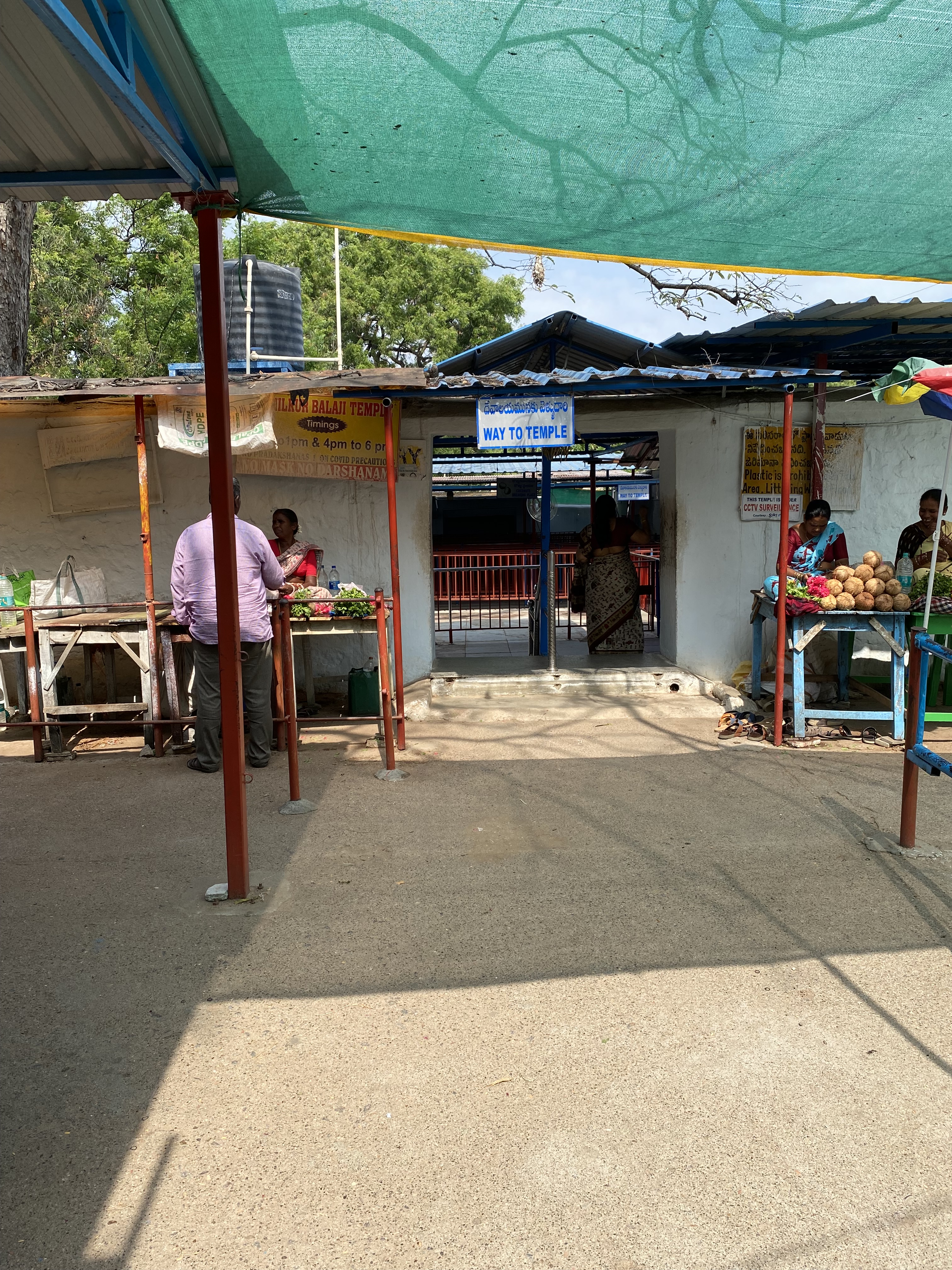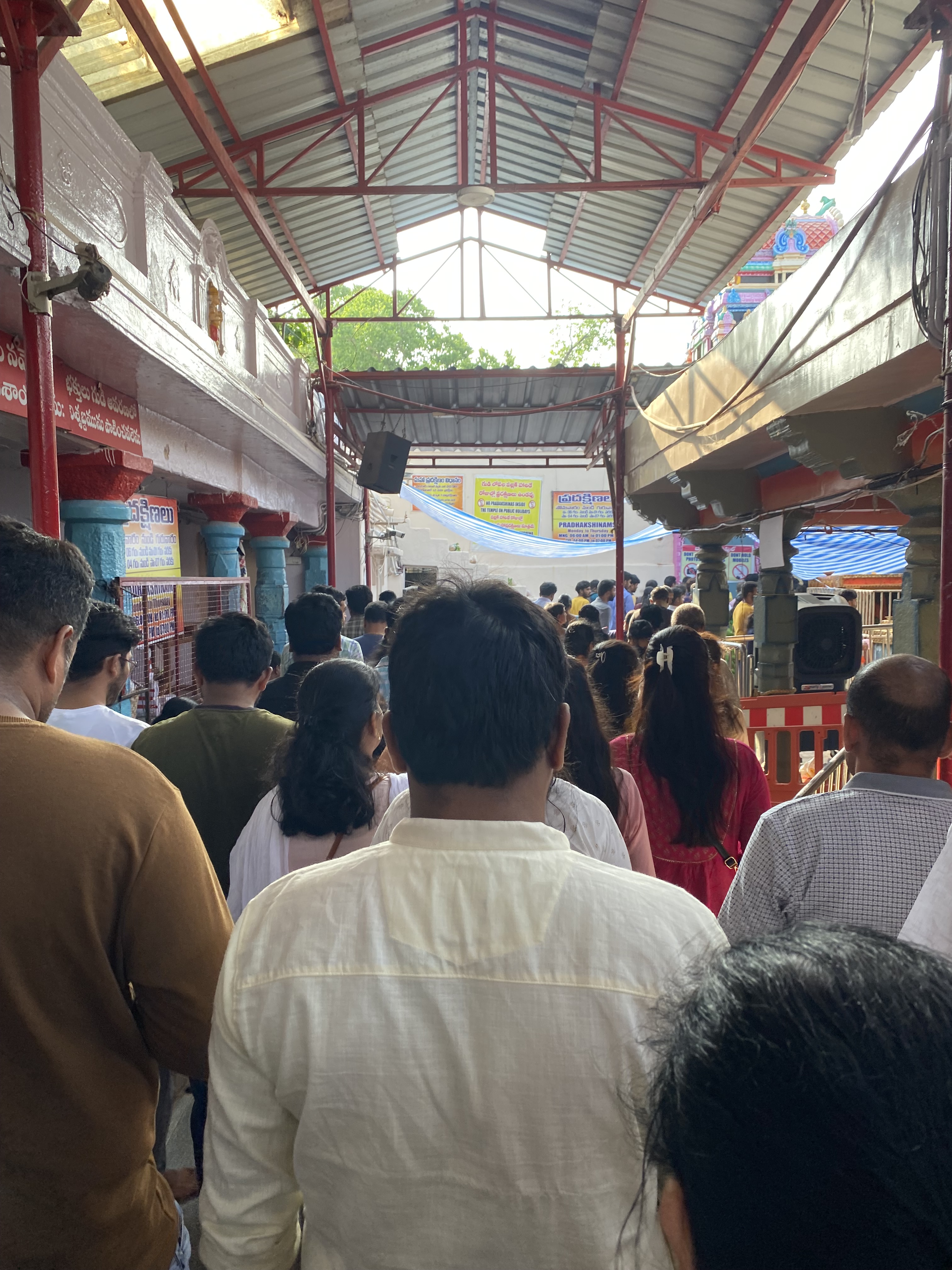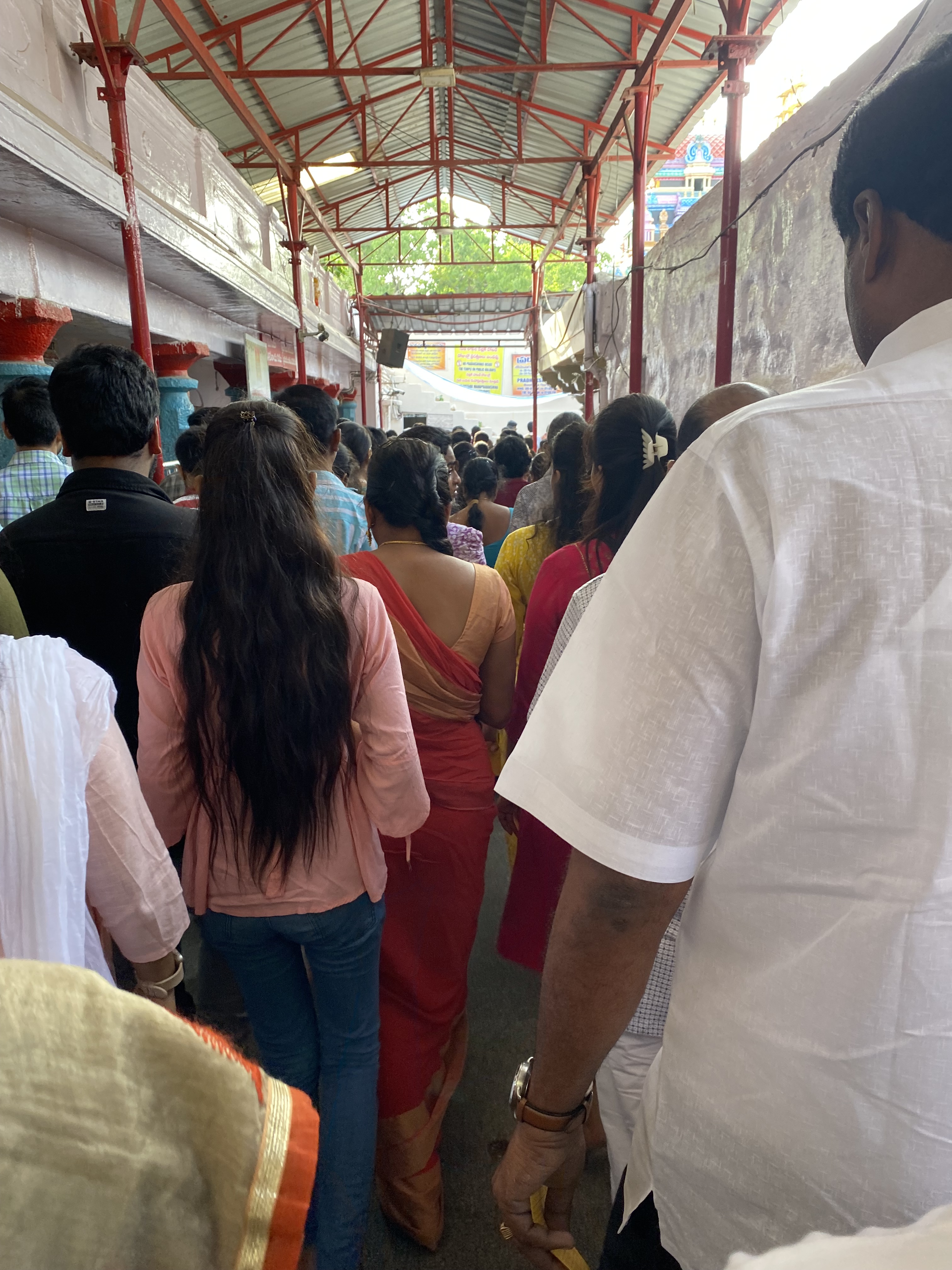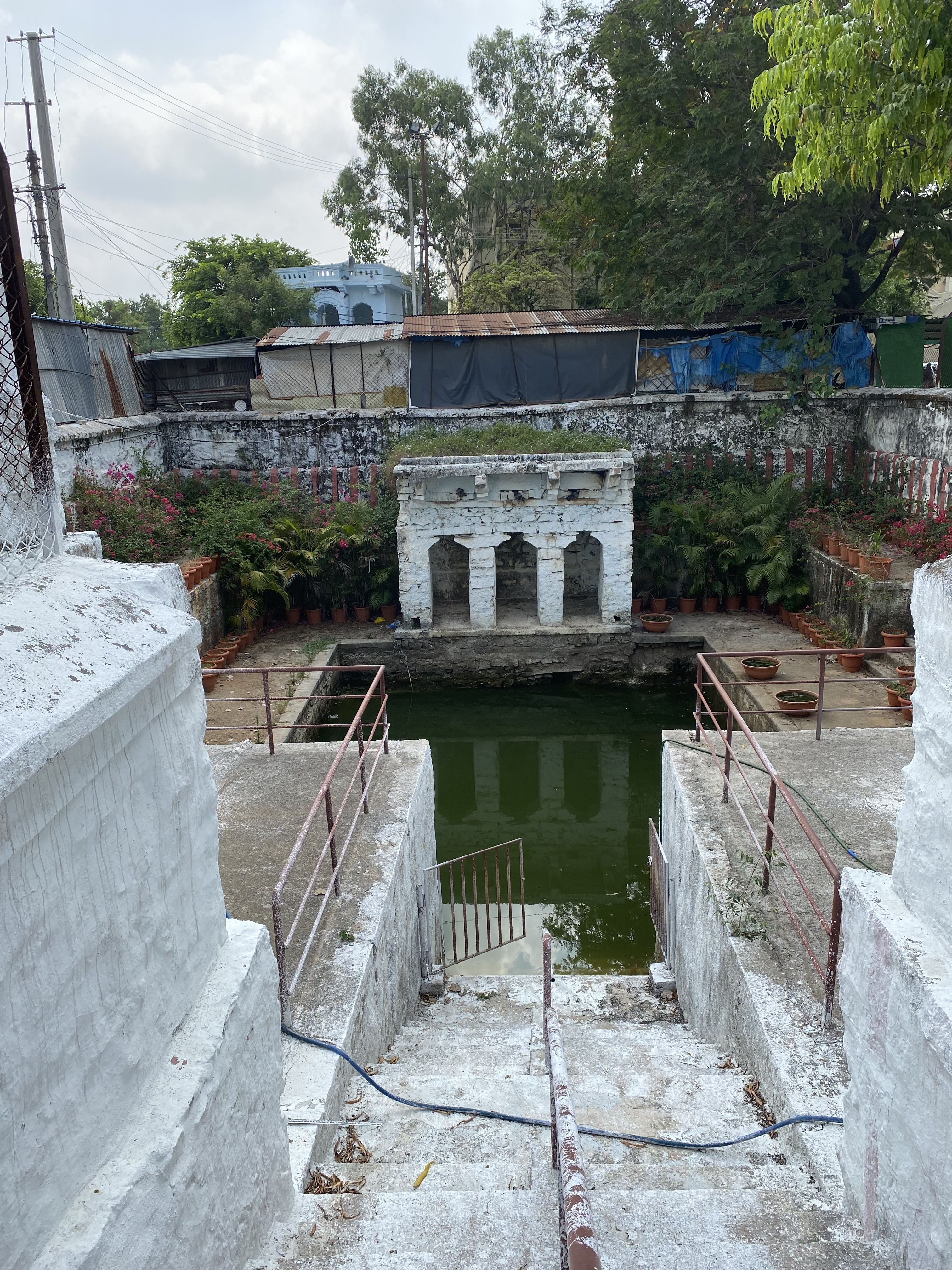CHILKUR — A sleepy hamlet in Ranga Reddy district of Telangana, around 30 kilometers away from Hyderabad. It’s claim to fame is the small, but much-visited Balaji ( Lord Venkateswara) Temple here. The temple is very old and stated to be built during the times of Akkanna & Madanna, the uncles of Bhakta Ramdas. Balaji of Tirupati can be seen in all his glory at Chilkur too.
The story goes that, a staunch devotee of Balaji used to visit Tirupati every year. One year, he could not do so due to ill-health and he prayed to Balaji stating his inability. The Lord appeared in his dream and said ‘ Do not worry, I am in the forest nearby under a mole-hill’. The devotee dug at that particular spot and while doing so, his axe stuck Balji’s idol covered by the mole-hill and blood started oozing out from the chin. There was a voice that said ‘ Flood the mole-hill with cow’s milk’. When this was done, a Swayambhu Moorthi of Lord Balaji with Sridevi & Bhoodevi was discovered and duly installed and a temple built around it.


Chilkur Balaji is understandable but why Visa Balaji? Balaji is a very powerful deity who fulfils the wishes of his devotees. The major wish or aspiration of youngsters in Telengana/Andhra Pradesh is to study in the United States. There is a firm belief that Chilkur Balaji makes possible the US Education visa and hence the title Visa Balaji. Not that He does not fulfil other wishes, though. What does He expect in return? Circumambulation or Pradaskshina round the sanctum sanctorum 108 times. Yes, 108 times. No large donations or highly ritualistic worship. Hundis are hard to find and the main offerings people make are flowers and garlands. If you want to break coconuts as an offering, there is a separate allocated place for the same.
This was our second visit to Chilkur — A thanksgiving one. Yes, our wish had been fulfilled very quickly (it was not an educational visa, though) and so here we were to complete the 108 Pradakshinas. It was around 6.45 AM. Had a darshan of Balaji and started the Pradakshinas. There were quite a few people already in the midst of their Pradakshinas. It takes place in the covered courtyard of the temple round the sanctum sanctorum. The total distance of one circumambulation, I perceived could be around 100 meters and I calculated that we should be done in around two hours. How wrong I was! The crowd started building gradually and soon, it became quite difficult to walk at a fast pace, especially near the entrance, where the path narrows down.


Small charts with 108 squares, something similar to a Housie ticket is made available to the devotees, to keep track of the number of Pradakshinas. At the end of each round, they tick off one square. We could see a number of youngsters doing the Pradakshinas, who we believed had obtained their visas. Some take rest in between, by sitting on the sides. We did not, but as the crowds swelled, the sun rose higher, we felt warm, sweaty and very thirsty and had to take swigs of water from the bottle that we carried. The Head priest encourages the walkers by chanting the various names of Blaji and the devotees responding with ‘ Govinda’. A great experience! It was a little over 3 hours when we completed the 108th round. Roughly 10 kilometers of walk, I calculated. Pleased with our completion of thanksgiving, we stepped out of the temple through the small market-place, up to the place where we had left our footwear. Walked passed the small tank that supplies water to the temple and as we were quite famished, entered one of the small eateries to have a late breakfast. Quality of breakfast – Mediocre, but you have little choice here.

One should start the Pradakshinas even earlier, say by 5.30 AM to avoid the heat and of course, the crowds, Govinda! Govinda!
Discover more from BalasBroadcast
Subscribe to get the latest posts sent to your email.